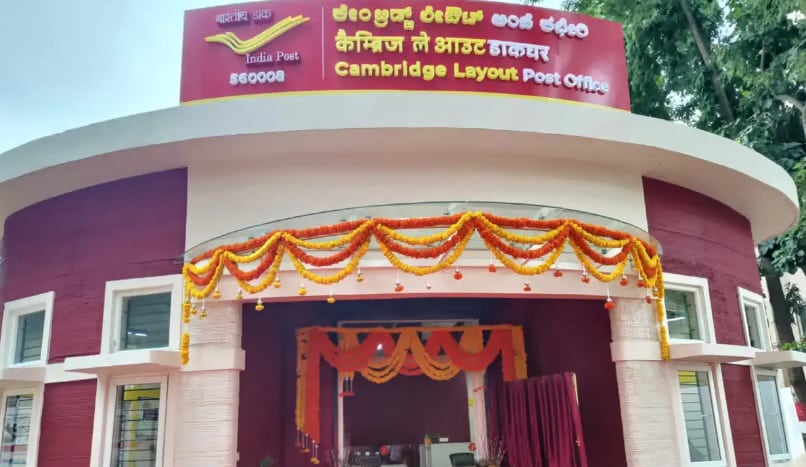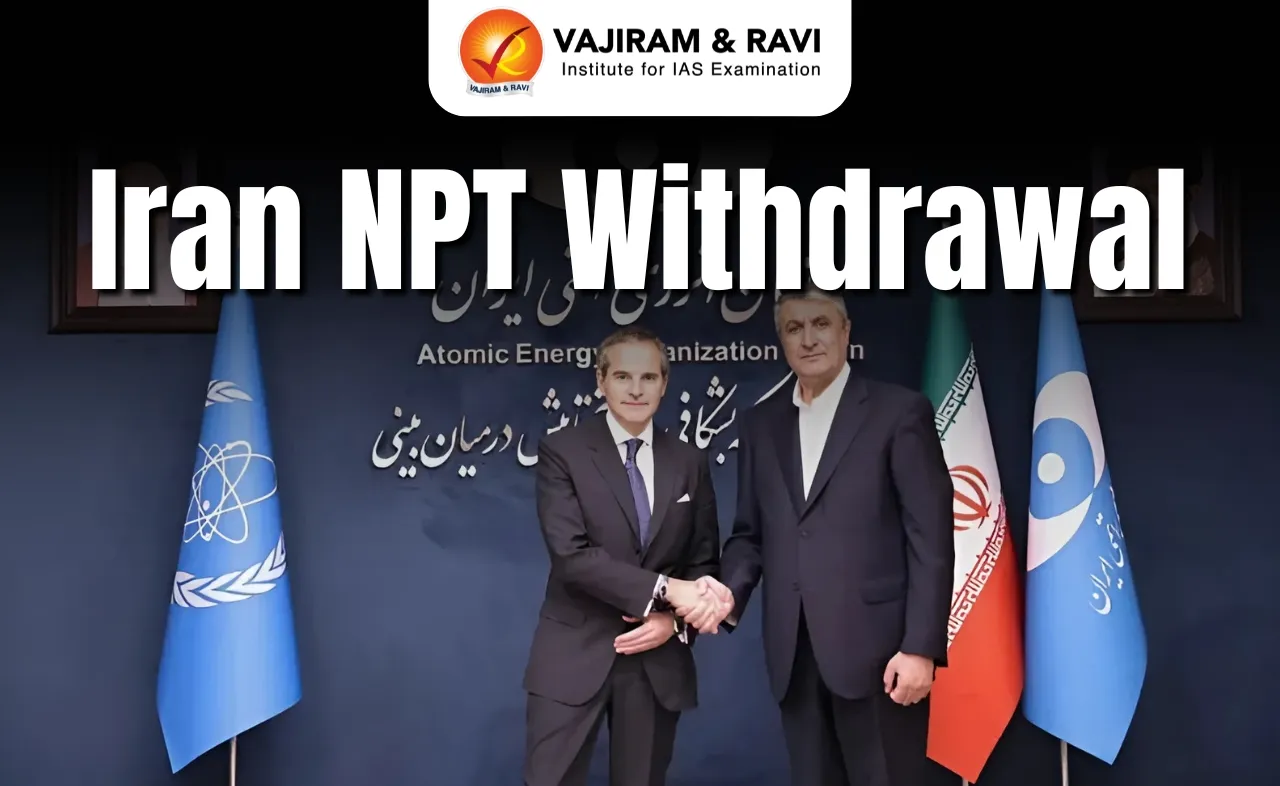What’s in today’s article?
- Why in news?
- What is 3D printing?
- How is 3D printing done?
- What are some of the notable examples of 3D printing?
Why in news?
- India’s first 3D-printed post office was virtually inaugurated by Union Minister Ashwini Vaishnaw in Bengaluru’s Cambridge Layout.
- Its construction was completed in just 43 days — two days ahead of the deadline.
- Multinational company Larsen & Toubro Limited built the post office with technological support from IIT Madras.
What is 3D printing?
- Background
- Invented in the 1980s, 3D printing burst into the mainstream around the 2010s, when many thought it would take over the world.
- The technology, however, at the time was expensive, slow and prone to making errors.
- In recent years, some of these flaws have been done away with, making 3D printing more prevalent than ever before.
- About
- 3D printing, also known as additive manufacturing, is a process of creating three-dimensional objects from digital models by adding material layer by layer.
- It is an additive process, in which layers of a material like plastic, composites or bio-materials are built up to construct objects that range in shape, size, rigidity and colour.
- This process allows for more efficient and customized production compared to traditional subtractive manufacturing methods.
How is 3D printing done?
- Requirement
- To carry out 3D printing, one needs a personal computer connected to a 3D printer.
- All they need to do is design a 3D model of the required object on computer-aid design (CAD) software and press ‘print’.
- The 3D printer does the rest of the job.
- Design
- The process begins with creating a digital 3D model of the object one wants to print.
- This model can be created using 3D modelling software or obtained through 3D scanning techniques.
- Slicing
- The 3D model is sliced into thin horizontal layers using specialized software. Each layer represents a cross-section of the final object.
- Preparation
- The sliced model is sent to the 3D printer, along with instructions regarding the printing parameters such as layer thickness, print speed, material type, and temperature.
- Printing – The 3D printer reads the instructions and starts the printing process. It uses various methods and technologies, including:
- Fused Deposition Modeling (FDM)
- This is one of the most common 3D printing methods.
- It involves extruding molten thermoplastic material through a heated nozzle that moves along the X, Y, and Z axes.
- As the material is deposited layer by layer, it cools down and solidifies, forming the final object.
- Stereolithography (SLA)
- SLA uses a liquid photopolymer resin that is cured by a UV laser.
- The laser selectively solidifies the resin layer by layer, creating intricate and highly detailed objects.
- Selective Laser Sintering (SLS)
- In SLS, a laser fuses powdered material (such as plastics, metals, or ceramics) layer by layer.
- Powder Bed Fusion (PBF)
- Similar to SLS, PBF uses a laser to selectively melt and fuse powdered materials like metals, plastics, or ceramics.
- The difference lies in the process details and the materials used.
- Inkjet Printing
- Some 3D printers use inkjet-like technology to deposit material in droplets, which are then cured to form layers.
- Fused Deposition Modeling (FDM)
- Layer-by-Layer Construction
- The printer continues to deposit material layer by layer based on the sliced model until the complete object is formed.
- Supports might be included for overhanging or intricate parts, and these supports can be removed after printing.
- Post-Processing
- Once the printing is complete, there might be some post-processing steps, such as cleaning, curing, sanding, painting, or assembling, depending on the material and desired finish.
What are some of the notable examples of 3D printing?
- 3D printing is being used in a host of different industries like healthcare, automobile and aerospace.
- In May this year, aerospace manufacturing company Relativity Space launched a test rocket made entirely from 3D-printed parts, measuring 100 feet tall and 7.5 feet wide.
- Shortly after its take off, however, it suffered a failure.
- At the peak of the Covid-19 pandemic in 2020, the healthcare industry used 3D printers to make much-needed medical equipment, like swabs, face shields, and masks, as well as the parts to fix their ventilators.
Q1) What is inkjet printing?
Inkjet printing is a popular and versatile digital printing technology used for producing high-quality images and text on various surfaces, including paper, fabric, plastic, and more. It works by propelling tiny droplets of ink onto a substrate (the material being printed on) to create the desired image or text.
Q2) What is additive manufacturing?
Additive manufacturing (AM), also known as 3D printing, is a revolutionary manufacturing process that creates three-dimensional objects by adding material layer by layer, as opposed to traditional subtractive manufacturing methods that involve cutting away material from a solid block or molding material into a shape.
Source: India’s first 3D-printed post office inaugurated in Bengaluru: How does 3D printing work? | Investopedia | 3D Printing.Com | The Hindu
Last updated on June, 2025
→ UPSC Notification 2025 was released on 22nd January 2025.
→ UPSC Prelims Result 2025 is out now for the CSE held on 25 May 2025.
→ UPSC Prelims Question Paper 2025 and Unofficial Prelims Answer Key 2025 are available now.
→ UPSC Calendar 2026 is released on 15th May, 2025.
→ The UPSC Vacancy 2025 were released 1129, out of which 979 were for UPSC CSE and remaining 150 are for UPSC IFoS.
→ UPSC Mains 2025 will be conducted on 22nd August 2025.
→ UPSC Prelims 2026 will be conducted on 24th May, 2026 & UPSC Mains 2026 will be conducted on 21st August 2026.
→ The UPSC Selection Process is of 3 stages-Prelims, Mains and Interview.
→ UPSC Result 2024 is released with latest UPSC Marksheet 2024. Check Now!
→ UPSC Toppers List 2024 is released now. Shakti Dubey is UPSC AIR 1 2024 Topper.
→ Also check Best IAS Coaching in Delhi























